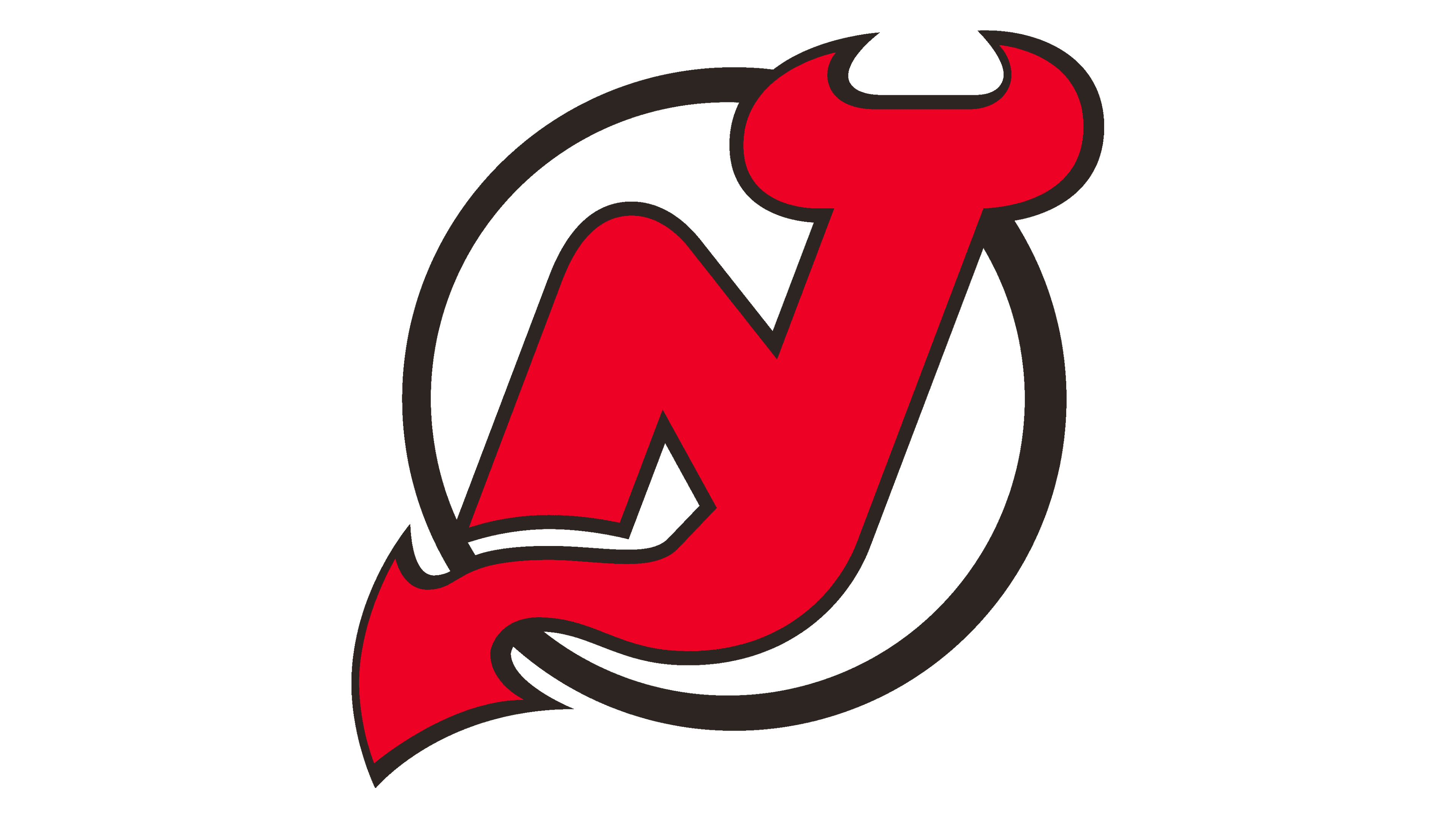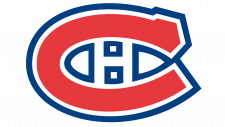New Jersey Devils Logo
The New Jersey Devils are a professional ice hockey team based in Newark, New Jersey. Founded as the Kansas City Scouts, the team relocated to Denver as the Colorado Rockies in 1976, before settling in New Jersey in 1982. The Devils are known for their defensive playing style and have secured three Stanley Cup championships. The team was created to be part of the National Hockey League (NHL), offering thrilling sports entertainment to fans. Their creation and moves reflect the dynamic nature of professional sports franchises.
Meaning and history
Originated as Kansas City Scouts in 1974. Became Colorado Rockies two years later. Transformed into New Jersey Devils in 1982. Name inspired by local legend. Clinched Stanley Cups in ’95, 2000, and 2003. Emblematic for tight defense, strategic gameplay. Marty Brodeur, Scott Stevens, Ken Daneyko became icons. Known for resilience, the team constantly evolves. Engages in rebuilding, focusing on youthful talent. Strives for excellence, aiming to recapture former glory. The Devils’ saga reflects sports dynamism, embodying ambition and community connection. Their history, a tapestry of change, perseverance, and triumph, continues to unfold. A testament to adaptability, the Devils march forward, embracing challenges, seeking victories.
What is New Jersey Devils?
The New Jersey Devils stand as a distinguished NHL franchise, celebrated for their defensive mastery and trio of Stanley Cup victories. Originating from a folklore-inspired name, they’ve carved a legacy through resilience, strategic prowess, and a passionate fan base, anchoring their story in the heart of Newark, New Jersey.
1974 – 1976
Within a bold red circle, a regal blue figure rises – a silhouette of a frontiersman, triumphant, clutching a hockey stick. Below, the initials “KC” in gold, emblazoned with a dynamic chevron, evoke the spirit of Kansas City. This logo, a fusion of history and sport, is a visual homage to pioneering resilience and the icy battles of hockey.
1976 – 1982
Transitioning from a human figure to nature’s peak, the new emblem ascends. A blue mountain, sharp, bold, is central, encapsulated within a triangle, symbolizing rocky summits. At the heart, Colorado’s state flag resides, a circular motif with red, gold, and blue, intersected by a white stripe, denoting state pride. The geometric simplicity of this design contrasts the detailed figure prior, reflecting a shift to elemental, iconic imagery. It’s a visual climb to simplicity and state identity.
1982 – 1986
The previous mountainous and state flag elements have vanished, making way for a stylized monogram ‘NJ’ for New Jersey, with devilish flair. The letter ‘N’ boldly stands out in red, with a horn-like tip at the top, suggesting the ‘Devils’ moniker. The ‘J’ swoops around with a tail, reinforcing the devil theme. Encircled by a green outline, the logo signals a dramatic shift to a more abstract, yet highly symbolic representation of the team’s identity.
1986 – 1992
The logo presents a stylized ‘N’ for New Jersey, with devilish horns, enwrapped by a tail-like ‘J’ in a darker red hue. Encircled by a verdant green outline, it strikes a bold contrast against the black backdrop. This emblem symbolizes a blend of fierce competitive spirit and regional folklore, with its intensified red suggesting a deeper passion and tenacity. The design stands as a beacon of the team’s enduring identity in the world of ice hockey.
1992 – 1999
The emblem evolves subtly, maintaining its iconic ‘NJ’ structure. The green outline has been exchanged for a striking black, intensifying its presence. The red is more vivid, the curves smoother, and the overall design more refined. This iteration enhances contrast and visual impact, a nod to modernity while retaining the essence of the Devils’ brand. The logo’s transformation symbolizes a shift to a sleeker, contemporary identity for the team.
1999 – Today
This image features the same ‘NJ’ emblem, maintaining its sharp contrast with black outlines and a vibrant red interior. The logo’s evolution is subtle yet notable, with the colors appearing more saturated, giving the iconic devil-tailed ‘J’ a bolder stance against the black. The design remains consistent, preserving the team’s visual heritage and brand recognition. The continuity signals a commitment to tradition, even amidst the ever-changing sports landscape.

















